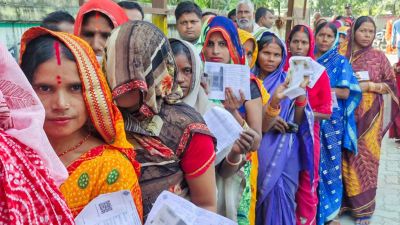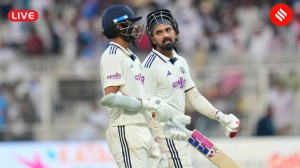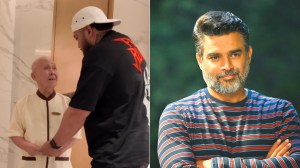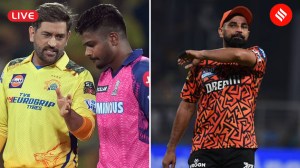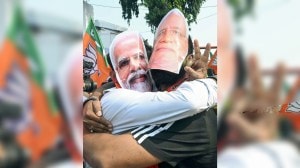The End of Polio?
The first and last stages of an initiative are always the hardest. During the final stages of smallpox eradication, critics said that it wa...

The first and last stages of an initiative are always the hardest. During the final stages of smallpox eradication, critics said that it was not possible. Faced with the possibility of not meeting the target, the then Prime Minister, Indira Gandhi, appealed to her nation’s sense of pride. Within 12 months, we succeeded in eradicating smallpox. The same sense of urgency and commitment is required to now remove polio from our country’s map.
We have come a long way in the fight for a polio-free India. Since the launch of the National Immunization Days (better known as Pulse Polio Sundays), in 1995, the number of polio cases has reduced drastically. From 1000 cases per day in 1988, we have come down to less than one case per day. This year, only 26 cases of polio have been reported till 22 August. Now, the challenge lies in getting to the zero-polio status.
The fight against polio has been exceptional in its ability to join hands across the globe. The Global Polio Eradication Initiative (GPEI), spearheaded by national governments, Rotary International, the World Health Organization (WHO), the US Centers for Disease Control and Prevention (CDC) and UNICEF, is the largest public health initiative the world has ever known. Today, polio remains in just 13 countries across the world.
Unfortunately, India happens to be one of the few countries that are still polio-endemic. The encouraging aspect is that the poliovirus is now geographically restricted, with 90 percent of the cases confined to specific regions in Western U.P. and Bihar. The persistence of poliovirus transmission in the endemic regions of UP and Bihar has to do with peculiar environmental, demographic and geopolitical setting of the area. Apart from low levels of literacy and high poverty, other factors like overcrowding, poor sanitation and hygienic conditions, and unavailability of safe drinking water also increase the spread of polio.
Certain communities believe that the polio vaccine causes impotence. This suspicion, arising out of a lack of knowledge, creates an atmosphere of distrust and acts as a major setback to the entire program. In 2004, out of the total number of children affected by polio, 79 percent were from minority communities. One factor that helps in overcoming these problems is advocacy.
A series of meetings of the District Magistrates and Chief Medical Officers of the most endemic districts of UP and Bihar were held to work out a viable strategy for this region. Religious leaders and opinion makers are also used to create a positive attitude towards the program. The President of the Muslim Personal Law Board, Hazrat Maulana Syed Mohammad Rabe Hasani Nadwi, and the Vice-Chancellor of Aligarh Muslim University, Naseem Ahmad, were brought in to give an appeal in the favor of the Pulse Polio program.
The time, effort, and money spent in the polio eradication program begs the question: Why should so much attention be bestowed on this disease when there are more life-threatening diseases lurking around the corner?
The reasons are many and each is equally important. Polio is one of the few diseases that can be eradicated as it has an efficient, inexpensive, and easy to administer vaccine already available. If successful, polio will be only the second disease after smallpox to be completely eradicated in history. The monetary implications of polio eradication are enormous, with savings potentially as high as US $1.5 bn per year. These funds could then be channelised for fighting other diseases.
There is another, extremely important, fallout of a successful polio eradication campaign. If we are able to eradicate polio, it will serve as a paradigm to guide and inspire other public health initiatives. But if we fail, we would be left with a haunting question: What are our chances against more fatal diseases like HIV and AIDS?
The writer is with Rotary International’s Polio Plus Committee. Email: vswati78hotmail.com


- 01
- 02
- 03
- 04
- 05


